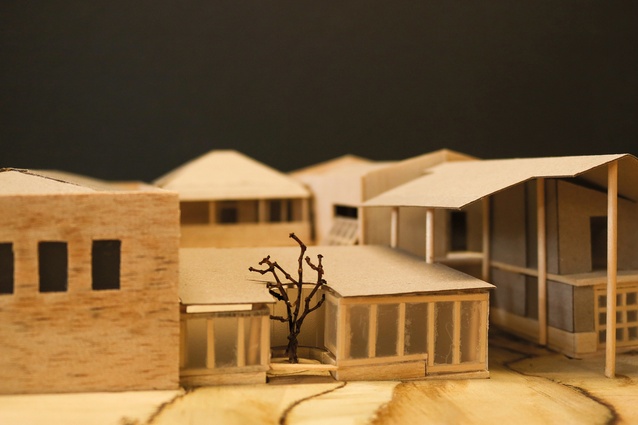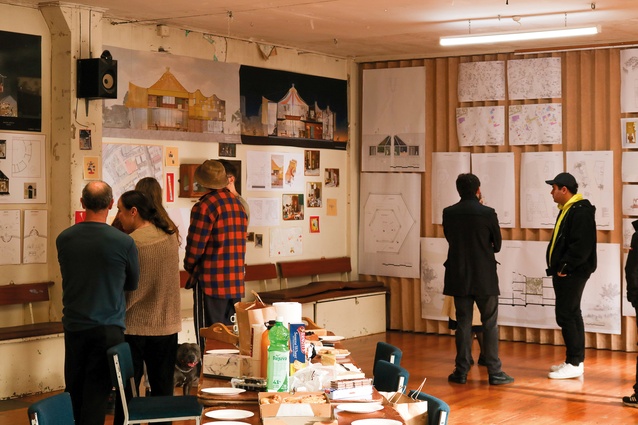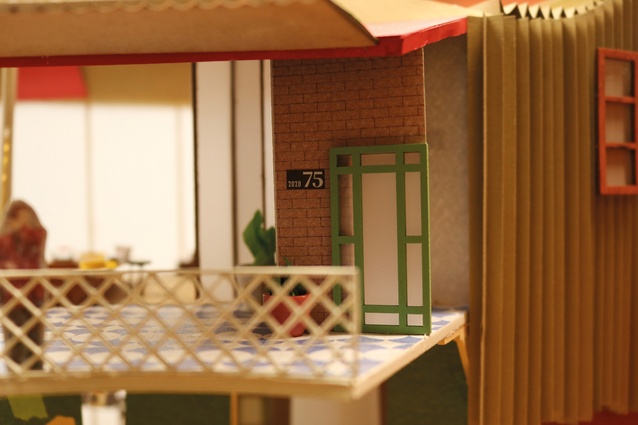Exhibition: Our Asymmetric City
Sahil Tiku reviews Our Asymmetric City 12–16 June 2024, at the Old Folks Association Hall in Auckland, an exhibition of the work of 16 students in Andrew Douglas and Jack Wu’s Advanced Design 1 studio at Te Pare School of Architecture and Planning.
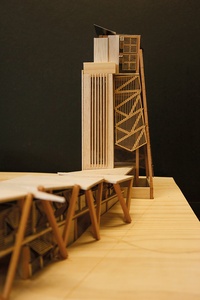
I believe there is occasionally a fear of architects. We lord it over our little nation from our ivory towers. Accusations of cynicism notwithstanding, this is what people must think as we overwhelm them with sausage flats and glass boxes, then pat our own backs. I am parroting Gerald Melling’s concerns of the mid-1980s: that our ‘urban porridge’ is evolving into an ‘oatless’ one.1
It is good to see, then, that schools are feeding future architects plenty of oats. This is exactly what I think Our Asymmetric City reflected. The week-long exhibition ran at the Henry Kulka-designed Auckland Old Folks Association (OFA) building off Karangahape Road, showing work from 16 students in Andrew Douglas and Jack Wu’s Advanced Design 1 studio at Te Pare School of Architecture and Planning.
For Melling, strong places need strong architects — lest we end up with a ‘strong-less’ urban loblolly. I think strong architects need to care with intent: for place, space, people and beyond. That idea of intentional care formed this studio brief. Students first designed conceptual ‘Machines of Care’, which were then ‘socialised’, and paired to drive architectural propositions. Following this, pairings stayed together or split up to work on multiple sites in the urban enclave bounded by Karangahape Road, Newton Road and Spaghetti Junction.
Programmes challenged students. Each was given two drawn from a cross-section of the Karangahape community. From the New Zealand Prostitutes’ Collective to the Kiwi institution of the corner dairy, Our Asymmetric City was certainly defended from claims of insularity. It did as much as possible to mediate real-world research with the 12-week turnaround of the semester. Heaven knows the urban porridge has enough blueberries and bananas — it is the starch, water and stirring that bring metamorphosis; the tutors wanted dynamic, responsive schemes, not ‘beautiful objects’.
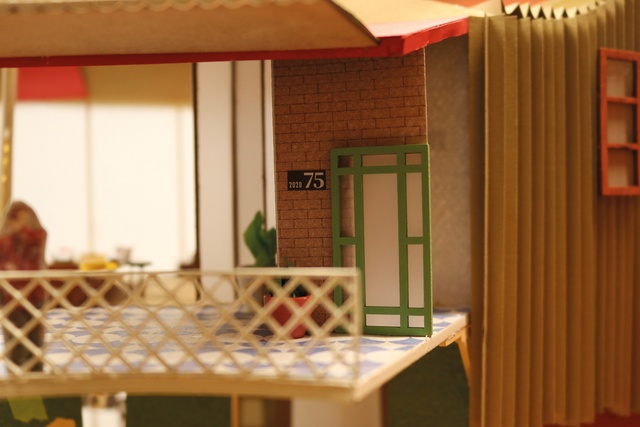
“Everyone was very generous in terms of our willingness to find our shared vocab and to find a shared understanding.” Sean Curham, OFA trustee, worked alongside the studio. “The conversation often lifted our heads and saw the collective end… this sense of ‘our project’ not just the individual project.” Curham has tirelessly ensured the (independent) OFA is available to the Karangahape Road community, a platform beyond capital-oriented commercial undertakings. He sees these urban chefs as the next generation of ‘givers-back’: future carers for the community.
And the chefs delivered that starchy goodness. Shnaia Xu and Elim Hu’s joint proposal, Reanimate, brought vaudevillian whimsy: a life-sized puppet parade, backdropping a fleet of wagons supplying locally run upcycling facilities. Antony Lu and Alexander Wong’s Epiphany Rise finally realised the Church of the Epiphany’s tower in a contemporary architectonic — replacing a (long gone) palace of worship with a palace of self-contained night-time education, whose programmes were united under a Tschumi-esque roof. Matthew Walters’ Follow the Yellow Brick Road brought Oz to Auckland, adding a laneway and public theatre. Plum Li’s Te Ara o Karangahape visualised a millennium-spanning urban research centre, archive and visitor centre: ka mua, ka muri.
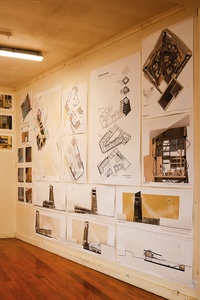
Two students took on the OFA site. William Spalletti’s Open for Maintenance offered a rehabilitation centre for buildings — workshops and a live-in caretaker, who facilitated the upcycling of construction cast-offs. Spalletti’s project simply stirred — no ‘new’ buildings were proposed: just necessary refurbishments and the decisive turning of a bungalow to generate new space, an architecture of (almost) nothing.2 Anna Brown’s Awhi Rito Association re-imagined the space as a performance venue, complemented by a museum — allowing explanatory autonomy for artists/performers-in-residence (and reflecting one real-world use of the OFA building).
So, then, is the urban porridge in safe hands? If this exhibition is a litmus test, then absolutely. Douglas and Wu have deftly woven a sense of care into the next generation. It is my hope that this attentive ministration stays with them after they leave the school. Melling called for strong architects: moral purpose beyond the strength of the dollar, the confidence to stir, to thicken, to care intelligently for our cities. I write about this exhibition thinking those architects are nearly here — perhaps more optimistic than Melling was — but then it was hard to walk away thinking anything else.
References
1 Gerald Melling, 2005, ‘The Mid-City Crisis (1984)’, in Douglas Lloyd Jenkins (ed.), New Dreamland: Writing New Zealand Architecture. Auckland, NZ: Godwit, p. 274.
2 Edwin Heathcote, 2023, ‘The Architecture of Doing Nothing’, :Untapped, 24 September.


